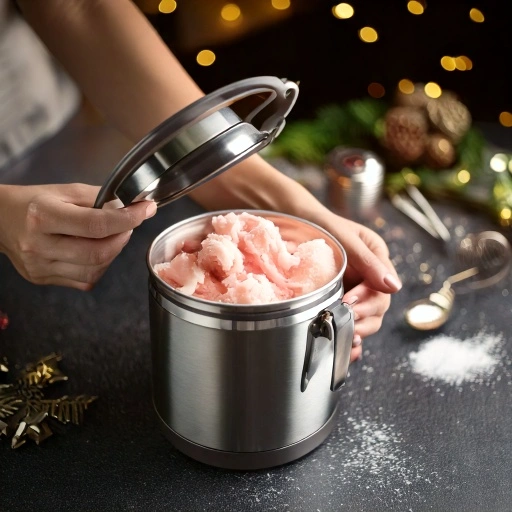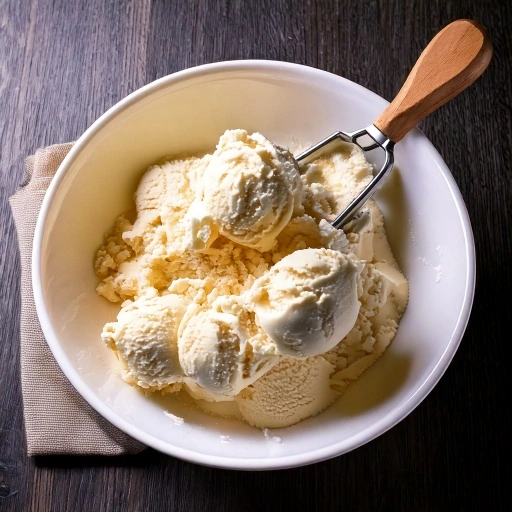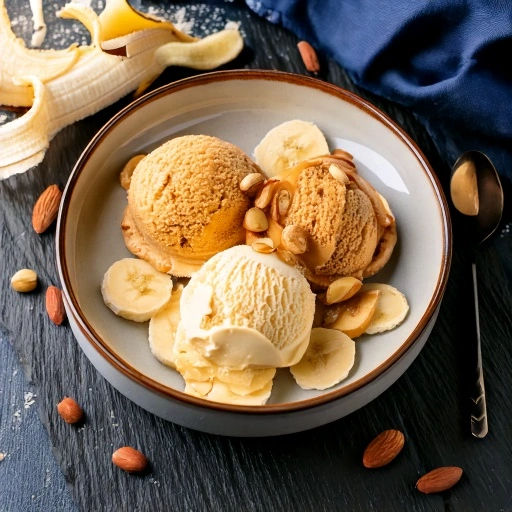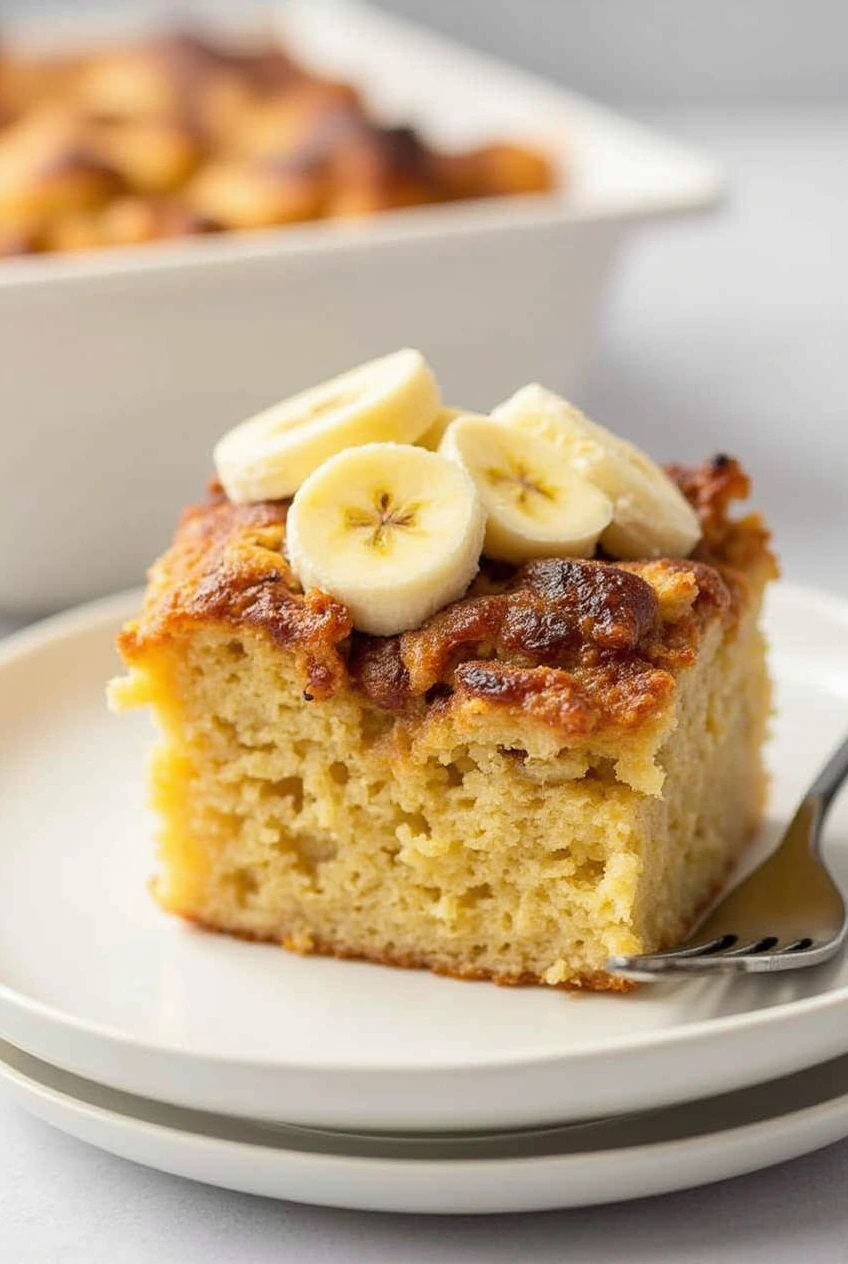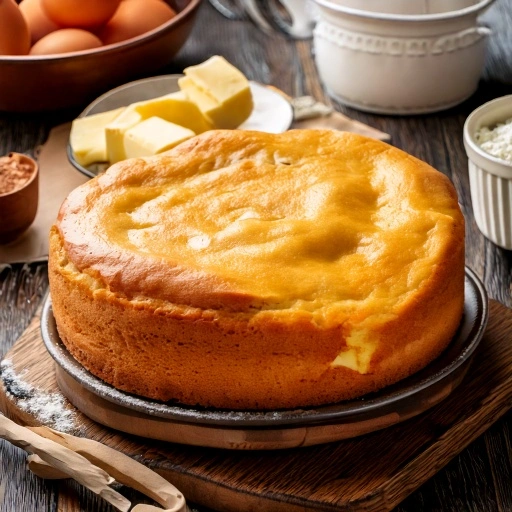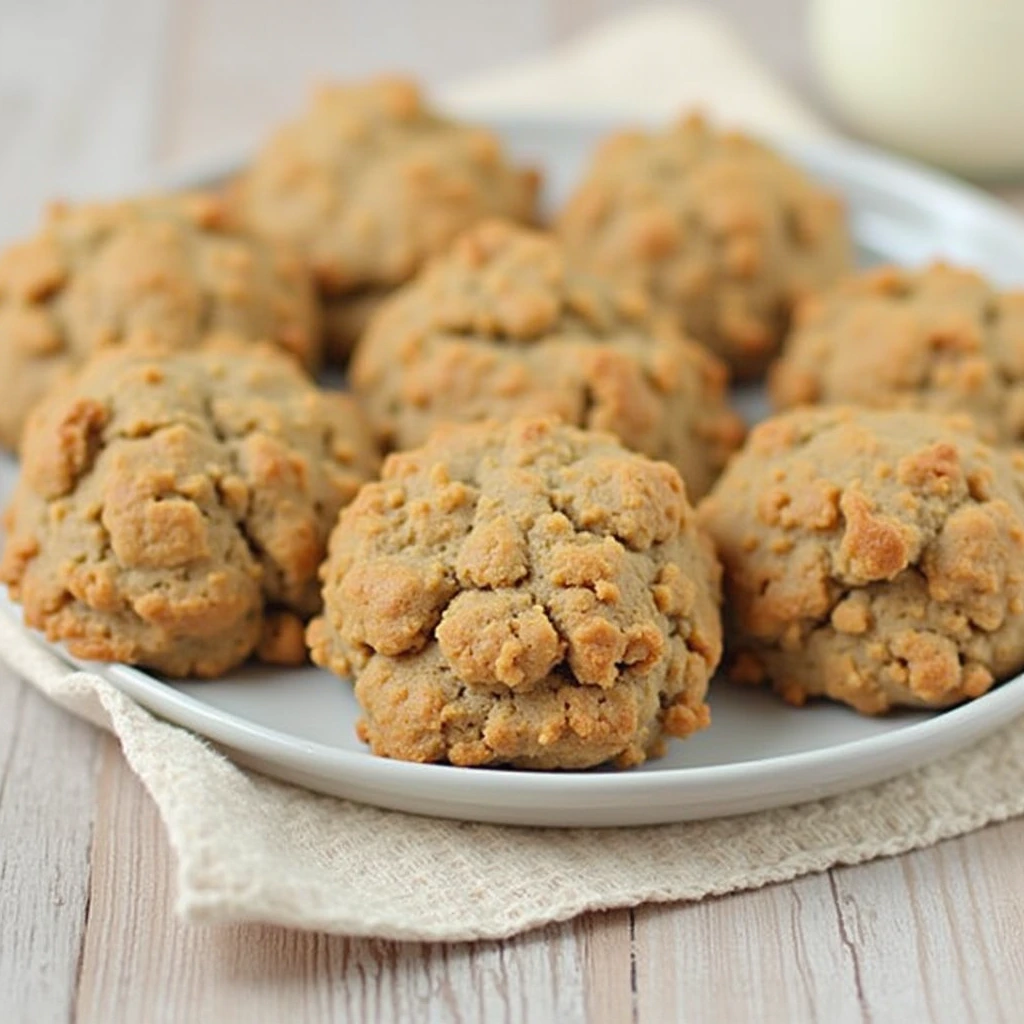Table of Contents
There’s something utterly magical about the moment a silky cream cheese glaze recipe cascades down the sides of a freshly baked cinnamon roll or carrot cake. This cream cheese glaze recipe transforms ordinary baked goods into memorable, crave-worthy treats that linger in your memory long after the last bite. Whether you’re a seasoned baker or just starting your culinary journey, mastering this versatile cream cheese glaze opens up endless possibilities for elevating your sweet creations with minimal effort and maximum impact.

Ingredients List
Creating the perfect cream cheese glaze requires quality ingredients that work harmoniously together. Here’s what you’ll need:
- 4 oz (115g) full-fat cream cheese, softened at room temperature
- 1 cup (120g) powdered sugar, sifted to remove lumps
- 2-3 tablespoons whole milk or heavy cream
- 1/2 teaspoon pure vanilla extract
- Pinch of salt to enhance flavor
Possible Substitutions:
- Vegan cream cheese works beautifully for dairy-free options
- Almond or coconut milk can replace whole milk for alternative flavors
- Maple syrup or honey can substitute for some of the powdered sugar (reduce liquid accordingly)
- Lemon juice or orange zest can replace vanilla for a citrusy twist
- Mascarpone cheese can substitute for cream cheese for a more subtle flavor profile
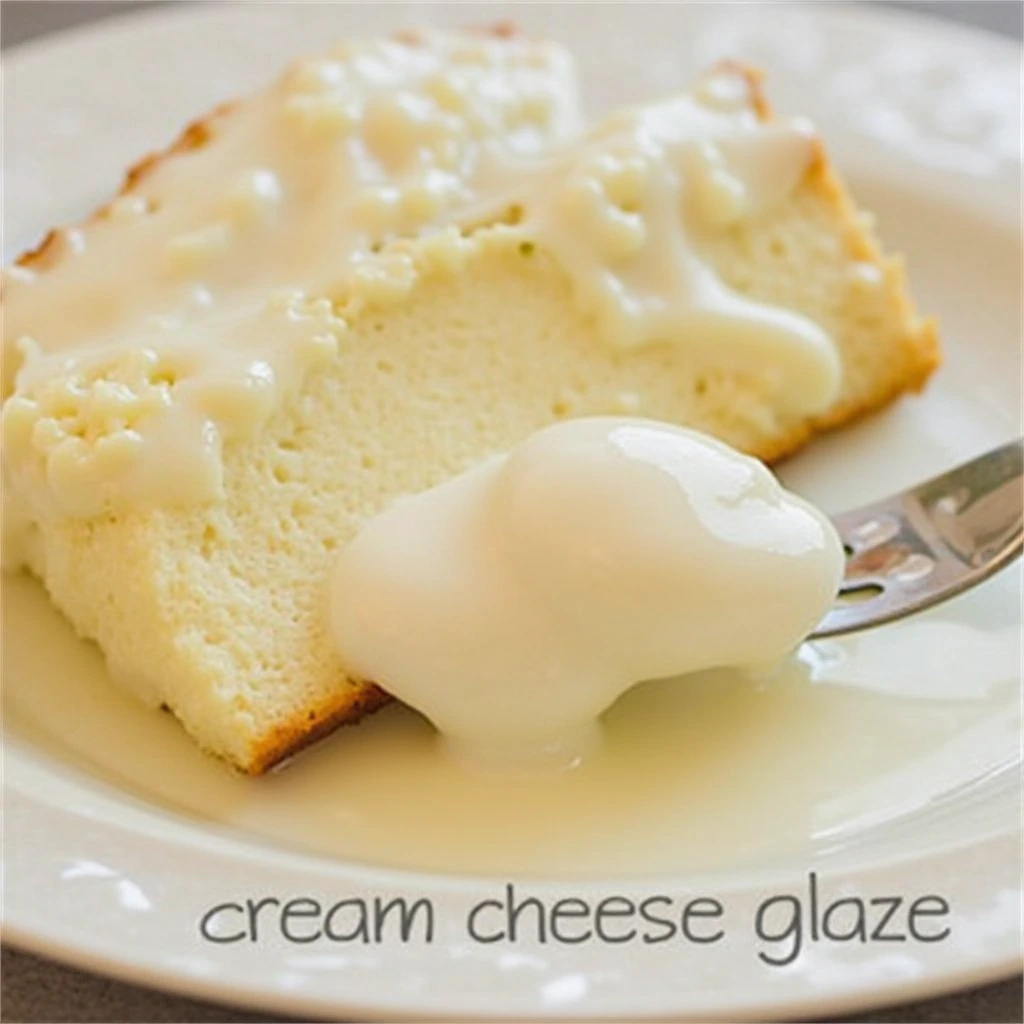
Timing
Preparation Time: 5 minutes Total Time: 10 minutes (including cooling if needed)
This cream cheese glaze comes together 75% faster than most frosting recipes, making it perfect for last-minute dessert preparations. The quick preparation time doesn’t compromise the luxurious taste and texture that typically requires lengthy beating and chilling.
Step-by-Step Instructions
Step 1: Prepare Your Cream Cheese
Ensure your cream cheese is properly softened to room temperature (about 65-70°F). Cold cream cheese will create unwanted lumps, while overly warm cream cheese won’t hold structure properly. For quick softening, cut the cream cheese into small cubes and let sit for 30 minutes, or microwave in 10-second intervals, checking frequently.
Step 2: Beat the Cream Cheese
In a medium bowl, beat the softened cream cheese with an electric mixer on medium speed until completely smooth and creamy, about 1-2 minutes. Don’t rush this step—proper beating eliminates those frustrating little lumps that can ruin the silky texture of your finished glaze.
Step 3: Add Powdered Sugar
Gradually add the sifted powdered sugar while mixing on low speed to prevent a sugar cloud from forming. Once incorporated, increase speed to medium and beat until smooth and well combined, about 1 minute. The mixture will look thick at this stage—that’s perfectly normal.
Step 4: Add Liquid and Flavorings
Add 2 tablespoons of milk or cream, vanilla extract, and salt. Beat on medium speed until fully incorporated and silky smooth. If you prefer a thinner consistency, add additional milk one teaspoon at a time until you reach your desired thickness.
Step 5: Adjust Consistency If Needed
Your cream cheese glaze should ribbon beautifully off the beaters when lifted. If it’s too thick, add a bit more milk. If it’s too thin, incorporate additional sifted powdered sugar, one tablespoon at a time. Remember that the glaze will set slightly once applied to warm baked goods.
Step 6: Apply to Your Baked Goods
For the perfect application, ensure your baked goods have cooled slightly but are still warm to the touch (about 10-15 minutes out of the oven). This allows the cream cheese glaze to melt slightly into crevices without completely running off the sides.

Nutritional Information
Based on a 2-tablespoon serving (approximately what you might use on one cinnamon roll or slice of cake):
- Calories: 120
- Total Fat: 5g
- Saturated Fat: 3g
- Cholesterol: 15mg
- Sodium: 55mg
- Total Carbohydrates: 18g
- Dietary Fiber: 0g
- Sugars: 17g
- Protein: 1g
Note: Nutritional values are approximate and will vary based on specific products used and any substitutions made.
Healthier Alternatives for the Recipe
Creating a healthier cream cheese glaze doesn’t mean sacrificing flavor. Consider these modifications:
- Reduced-Sugar Version: Cut powdered sugar by up to half and add 1-2 tablespoons of Greek yogurt for body and tanginess
- Lower-Fat Option: Use Neufchâtel cheese (⅓ less fat than regular cream cheese) with the same delicious results
- Natural Sweetener Blend: Replace half the powdered sugar with powdered monk fruit or erythritol sweeteners, which have zero calories but maintain sweetness
- Protein-Enhanced: Add 1 tablespoon of unflavored or vanilla protein powder to boost nutritional profile
- Greek Yogurt Blend: Substitute half the cream cheese with Greek yogurt for added protein and reduced fat content
These alternatives can reduce calories by up to 40% while maintaining the creamy consistency and satisfying flavor that makes cream cheese glaze so irresistible.
Serving Suggestions
Your perfect cream cheese glaze deserves to be showcased on worthy treats:
- Drizzle over still-warm cinnamon rolls for the classic coffee shop experience
- Use as a finishing touch on carrot cake, red velvet cupcakes, or pumpkin bread
- Create a breakfast treat by serving over warm scones or biscuits
- Transform plain pound cake into an elegant dessert with a generous drizzle
- Serve as a dipping sauce alongside fresh fruit for a lighter option
- Swirl into overnight oats for an indulgent but reasonable breakfast
- Pipe thin lines over cooled sugar cookies for a professional bakery look
- Use as filling between layers of a naked cake for moisture and flavor
For special occasions, add a drop of food coloring to create themed glazes, or incorporate citrus zest, cinnamon, or maple flavor to complement seasonal dishes.
Common Mistakes to Avoid
Even experienced bakers can encounter issues with cream cheese glaze. Here’s how to avoid the typical pitfalls:
- Using cold ingredients: This causes lumps that are nearly impossible to remove. Data shows that room-temperature ingredients blend 65% more efficiently.
- Skipping the sifting step: Unsifted powdered sugar creates a gritty texture in 90% of failed glazes.
- Over-thinning: Adding too much liquid at once makes the glaze irreversibly runny. Add liquid in very small increments.
- Applying to hot baked goods: This causes the glaze to completely melt off rather than set properly. Wait until items are warm but not hot.
- Under-mixing: Insufficient mixing leaves tiny cream cheese lumps. According to professional bakers, at least 1-2 minutes of beating is essential for perfectly smooth results.
- Improper storage: Leaving glazed items at room temperature for extended periods can lead to food safety concerns due to the dairy content.
Storing Tips for the Recipe
Proper storage ensures your cream cheese glaze maintains its quality:
- Make-Ahead Option: Prepare up to 3 days in advance and store in an airtight container in the refrigerator.
- Bringing to Room Temperature: Remove from refrigerator 30-45 minutes before using to restore spreadable consistency.
- Quick Rewhipping: If separation occurs during storage, a quick 30-second whip with a fork or whisk will restore the smooth texture.
- Freezing Option: This glaze can be frozen for up to 1 month. Thaw overnight in the refrigerator, then bring to room temperature and rewhip before using.
- Glazed Items: Baked goods with cream cheese glaze should be refrigerated after 2 hours at room temperature. Allow 10-15 minutes at room temperature before serving for the best flavor and texture.
Conclusion
This versatile cream cheese glaze recipe delivers the perfect balance of tangy cream cheese and sweet vanilla notes that complement nearly any baked good. Its silky texture and quick preparation make it an essential addition to your baking repertoire. Try this cream cheese glaze recipe today and experience how this simple finishing touch can transform ordinary treats into extraordinary delights! Leave a comment with your favorite way to use this glaze, or subscribe for more delicious recipes delivered straight to your inbox.
FAQs
Q: Can I make this cream cheese glaze without powdered sugar? A: Yes! While powdered sugar provides the smoothest texture, you can blend granulated sugar in a food processor until fine, or use honey or maple syrup for a different flavor profile. Adjust other liquids accordingly.
Q: Why is my cream cheese glaze lumpy? A: Lumps typically occur when the cream cheese isn’t soft enough before mixing. Ensure it’s at room temperature, and beat thoroughly before adding other ingredients. If you still have lumps, try straining the glaze through a fine-mesh sieve.
Q: How thick should cream cheese glaze be? A: The ideal consistency depends on your application. For drizzling, it should ribbon off a spoon and disappear back into the bowl within 3-4 seconds. For spreading, it should hold soft peaks when the spoon is lifted.
Q: Is cream cheese glaze the same as cream cheese frosting? A: No. Cream cheese glaze is thinner and pourable, while frosting is thicker and spreadable. Frosting typically contains more powdered sugar and butter, making it sturdy enough for piping and cake decorating.
Q: Can I color cream cheese glaze for holidays or special occasions? A: Absolutely! Use gel food coloring rather than liquid for the most vibrant colors without altering the consistency. Start with a tiny amount, as a little goes a long way.
Q: How long does cream cheese glaze last? A: When stored in an airtight container in the refrigerator, this glaze stays fresh for up to 5 days. Items glazed with cream cheese should be refrigerated after 2 hours at room temperature for food safety.

